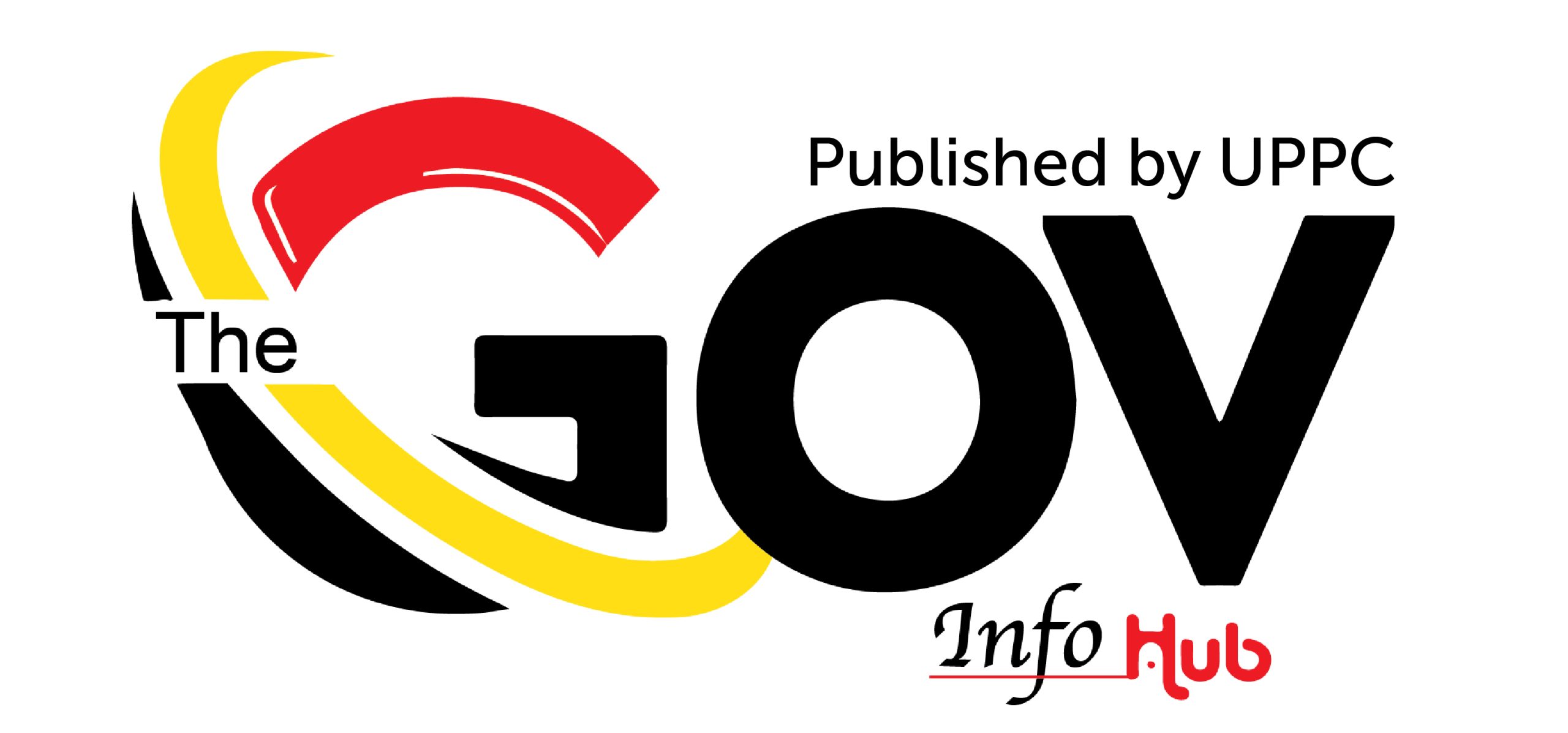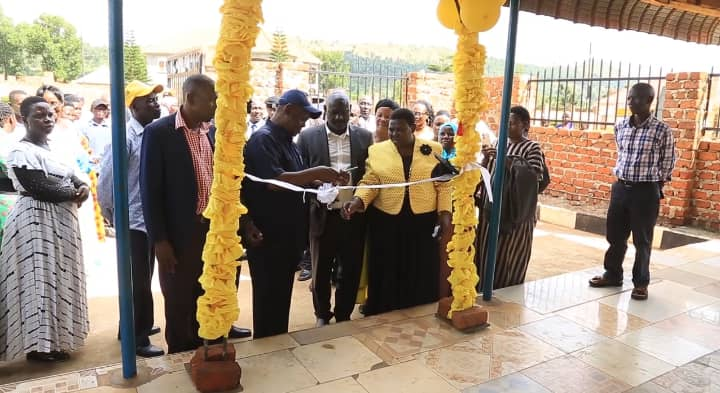By Fidel Boy Leon
It is one thing to receive a piece of clothing; it is another entirely to learn the skill of the weaver, to turn raw thread into fabric with your own hands. This deeper truth about empowerment took root in Nakaseke Town Council this past week.
With the commissioning of the new Textile Skills Development and Production Centre, the Uganda Industrial Research Institute (UIRI) is investing not in temporary relief, but in lasting capability, equipping residents to build their own futures, one stitch at a time.
The centre, launched by UIRI’s Executive Director, Prof. Charles Kwesiga is fully furnished with 20 high-quality sewing machines worth Shs 200 million. The centre is designed to train up to 20 learners per intake in two-month courses, with more than 80 residents expected to graduate in the initial phase.
Prof. Kwesiga explained that the initiative bridges the gap between training and production, giving opportunities even to those without academic qualifications.
“This facility is open even to school dropouts, as long as they have the will to learn and transform their communities,” he said, urging parents to encourage young people to enrol and beneficiaries to handle the equipment with care.
As a government parastatal under the Ministry of Trade, Industry and Cooperatives (MTIC), UIRI’s work extends beyond skills training. Its core mandate includes value addition, product development, process design, sourcing technologies, machinery fabrication, SME support, and business incubation.
The institute also serves as a national centre for research and innovation, identifying new industrial uses for raw materials and integrating them into higher-value applications. The Nakaseke initiative is part of UIRI’s strategy to localise industrial capacity while boosting rural employment.
According to UIRI, each machine has the potential to produce 6,000 shirts in just 24 hours, making the facility not only a training ground but also a budding production hub.
The facility has the capacity to support both local consumption and wider market supply if production is well-organised. This massive output translates into direct opportunities for graduates, who can do more than offer tailoring services. They can establish micro and small enterprises, join cooperatives, or secure bulk orders from schools, institutions, and even regional markets.
Uganda’s textile sector has long been seen as a sleeping giant, with the country producing some of the finest cotton in Africa yet exporting most of it in raw form.
For districts like Nakaseke, where formal employment opportunities are limited and youth under-employment is a growing concern, the commissioning of a skills centre is clearly the best alternative to take. This well-thought-about initiative is a deliberate attempt to connect the country’s cotton heritage with a future built on value addition, skills training, and entrepreneurship.
Once home to vibrant textile factories such as Nyanza Textiles (Nytil), Uganda witnessed a collapse of the industry in the 1990s as a result of trade liberalisation and the influx of second-hand clothes.
The new centre in Nakaseke signals an effort to reverse that trend by giving power back to the community and keeping value within.
By equipping locals with practical skills each year, the centre is poised to seed dozens of new businesses in Nakaseke, directly boosting household incomes and local tax revenue. Furthermore, if
linked to the Buy Uganda, Build Uganda (BUBU) policy, the centre could play a key role in reducing
the country’s reliance on imported second-hand clothes, while also boosting domestic textile value.
By setting up a textile hub in Nakaseke, UIRI is demonstrating that industrial growth does not have to remain concentrated in urban centres. A comparison with regional examples further underlines the significance of this approach. Ethiopia, for instance, has emerged as one of Africa’s leading garment exporters after investing heavily in large industrial parks.
Lesotho continues to be the largest sub-Saharan exporter of garments to the USA, with an estimated 85% of its total exports going to the American market. The country’s commitment to quality and scale has attracted a number of well-known brands, including GAP, Reebok, Levi Strauss, Ralph Lauren, Walmart, Calvin Klein Jeanswear, and J.C. Penney, cementing its role as a key player in the global supply chain.
Uganda’s model, though smaller in scale, focusses on grassroots empowerment, giving communities the tools to build micro and small enterprises rather than waiting for large factories to set up shop.
The project was implemented in partnership with the Rose Namayanja Foundation, led by NRM Deputy Secretary General Rose Namayanja, who praised UIRI for aligning its work with government priorities.
“This initiative will not only train locals but also allow those already in the textile business to upgrade their skills,” Namayanja said.
She added that the centre will be available for private use at a small fee to cover electricity and maintenance costs, ensuring sustainability and community ownership.
With its mix of training and production capacity, the Nakaseke Textile Skills Development and Production Centre is expected to become a catalyst for entrepreneurship, innovation, and income generation.
By weaving together government support, community initiative, and industrial innovation, UIRI hopes the centre will transform Nakaseke into a model for tackling rural unemployment nationwide.


